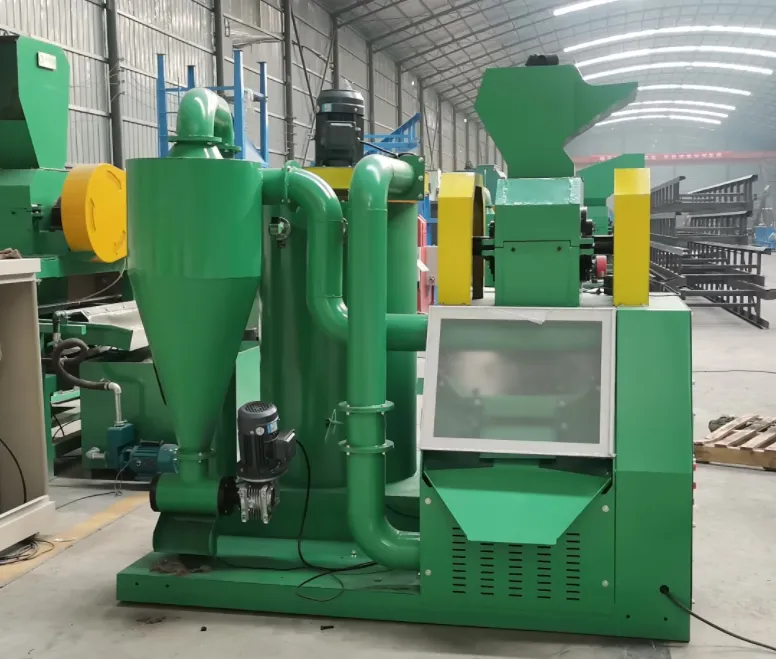Plastic and metal shredders have emerged as essential components in the recycling and waste management industries, offering robust solutions for breaking down material into manageable sizes for further processing. With the increasing emphasis on sustainable practices, these machines have become pivotal in maximizing recyclable recovery, minimizing landfill contributions, and promoting environmental responsibility. For businesses involved in waste management and recycling, understanding the intricacies of plastic and metal shredders is crucial.

These shredders are characterized by their robust design and capability to handle an array of material types and sizes, making them a versatile tool for recyclers. They come equipped with powerful motors and cutting-edge technology that ensure efficient shredding of even the most resistant materials. This capability is key in transforming bulky and cumbersome waste into smaller, more manageable materials that are easier to handle, transport, and process further.
The experience of using plastic and metal shredders reveals that these machines are not just about brute force. The technology has evolved to include advanced features such as automated feeding systems, which streamline operations and reduce manual handling risks. These systems can adjust feed rates automatically, optimizing the shredding process and minimizing downtime. Furthermore, shredders are now equipped with intelligent systems that can detect material types and adjust cutting speeds accordingly, ensuring maximum efficiency and maintaining the integrity of the equipment.

From an expertise standpoint, the intricacies of selecting the right shredder cannot be overlooked. Companies must evaluate several factors when investing in a shredder, including the types of materials they plan to process, the volume of material, and future scalability. Different shredders cater to different materials; some are designed specifically for plastics while others are optimized for metal shredding. A profound understanding of the material’s properties aids in selecting a machine that offers the right balance of power, efficiency, and longevity.
plastic and metal shredder
Companies should also consider the machine's wear and tear and maintenance requirements. High-quality shredders come with durable blades and robust builds that can withstand the rigors of continuous shredding operations. Regular maintenance, such as blade sharpening and system checks, is vital to maintain the machine's efficiency and extend its operational life. Organizations often appoint specialists to oversee maintenance schedules and ensure that the shredders are operating at peak performance.
In terms of authoritativeness, the development of plastic and metal shredders is guided by stringent safety and efficiency standards set by industry bodies. Manufacturers with reputable certifications demonstrate their commitment to quality and innovation, offering equipment that not only meets but often exceeds regulatory requirements. The importance of adhering to these standards cannot be understated as they ensure safety, longevity, and performance reliability, all of which are key for businesses looking to optimize operations and ROI.
Building trustworthiness with plastic and metal shredders involves transparency and reliability. Leading manufacturers provide comprehensive warranties and after-sales support to ensure that businesses can rely on their equipment without hesitation. They offer extensive training programs and resource support to help businesses maximize the benefits of their shredding systems. This attention to customer support and service reassures organizations about their investments, cementing the relationship between buyers and suppliers.
Overall, engaging with plastic and metal shredders offers a window into a world where sustainability meets operational efficiency. By understanding the advances in shredder technology, selecting the right equipment, and maintaining it properly, businesses can play a pivotal role in advancing circular economy practices. Through careful consideration of these elements, companies not only improve their operational capabilities but also contribute to a more sustainable future.


